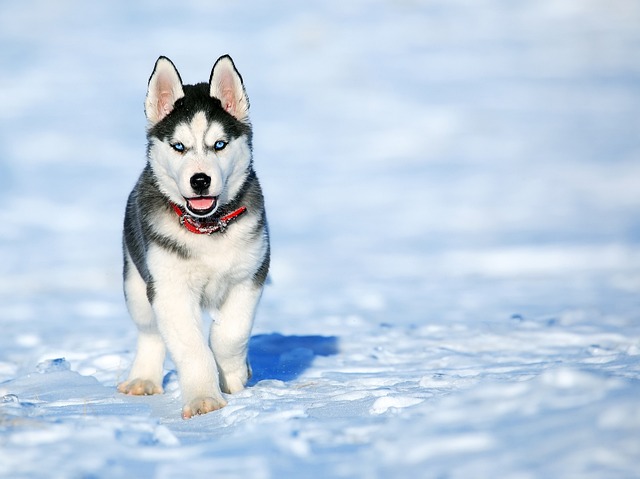
What vitamin is good for dogs' skin
Seeing your dog constantly scratch or noticing dry, flaky skin can make you wonder if a simple vitamin might be the solution.
Figuring out when the cold becomes dangerous for your dog isn’t just about checking the thermometer—it’s about understanding how their body reacts to dropping temperatures. While humans can bundle up and head indoors, dogs rely on their fur, body fat, and natural instincts to stay warm, but those defenses have limits.
Temperatures below 45°F (7°C) can start to feel uncomfortable for many dogs, especially smaller breeds, short-haired pups, or those with health issues like arthritis. When the mercury dips to 32°F (0°C) and below, the risk of hypothermia and frostbite rises significantly. At these levels, even a 10-minute walk without protection can put your dog in danger.
Frostbite often hits the most vulnerable areas first: ears, paws, tails, and noses. These parts have less fur and thinner skin, making them prone to freezing. You might notice your dog lifting their paws off the ground or shaking their head more than usual—these are clear signs they’re too cold. Hypothermia, on the other hand, happens when their body temperature drops below 99°F (37.2°C), leading to lethargy, weakness, and even organ failure if left untreated.
 Breed plays a big role in how well a dog handles the cold. A thick-coated Husky might thrive in 20°F (-6°C) weather, but a Chihuahua or Greyhound could struggle at 40°F (4°C). Age matters too—puppies and senior dogs have less ability to regulate their body temperature, so even mild cold snaps can be risky for them.
Breed plays a big role in how well a dog handles the cold. A thick-coated Husky might thrive in 20°F (-6°C) weather, but a Chihuahua or Greyhound could struggle at 40°F (4°C). Age matters too—puppies and senior dogs have less ability to regulate their body temperature, so even mild cold snaps can be risky for them.
It’s not just the air temperature that counts. Wind chill can make the air feel much colder than the actual number on the thermometer. A 30°F (-1°C) day with a 15 mph wind feels like 19°F (-7°C), which is far more dangerous. Wet conditions, like snow or slush, can also speed up heat loss, as a dog’s fur loses its insulating properties when it gets soaked.
If you live in an area with harsh winters, it’s important to know local laws. Many places have regulations about leaving dogs outdoors in extreme weather, with fines or even criminal charges for neglect. Even if your dog loves being outside, bringing them in during severe cold isn’t just kind—it’s often required by law.
Paying attention to your dog’s behavior is key. If they start shivering, tucking their tail, or trying to burrow into warm spots, it’s time to head inside. When going for walks, consider booties to protect their paws from ice, salt, and freezing pavement—those chemicals used to melt snow can irritate their skin and make them sick if licked off.
Preparing for cold weather means more than just a sweater (though that helps for short-haired breeds). Keep outdoor time short, offer a warm bed away from drafts indoors, and check their paws after every walk. If you notice any signs of frostbite—pale or gray skin, swelling, or reluctance to use a paw—contact your vet right away.
Remember, every dog is different. What feels chilly to one might be dangerous to another. By staying alert to the weather, watching their behavior, and following local guidelines, you can keep your furry friend safe and cozy all winter long.

Seeing your dog constantly scratch or noticing dry, flaky skin can make you wonder if a simple vitamin might be the solution.

If you’re a new dog parent in the US—maybe you’re sitting on your Portland apartment couch, staring at your 1-year-old Australian Shepherd

If you’re a new dog parent in the US—maybe you’re sitting on your Atlanta apartment floor, holding your 6-week-old Beagle puppy, Daisy, who’s curled up in your lap

If you’re a new dog parent in the US—maybe you’re standing in your Denver apartment’s kitchen, staring at a bag of high-quality puppy kibble and a bottle

Seeing your puppy grow daily is amazing, and it’s natural to want to give them every advantage, including supplements.

Brown stains on white dog fur aren’t just unsightly—they can also hint at underlying issues like tear duct irritation or poor grooming habits, which matter even more when you’re following local pet care laws.